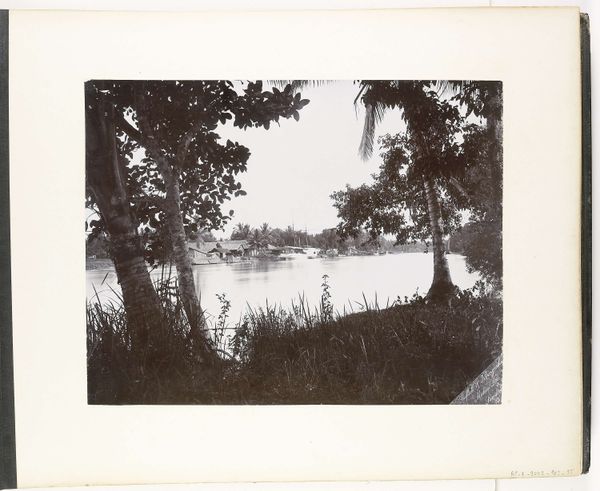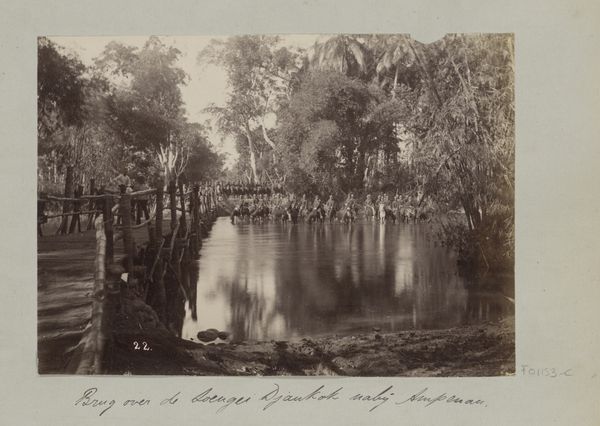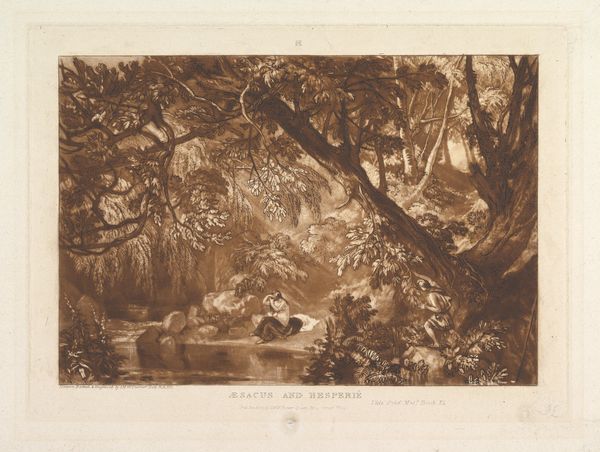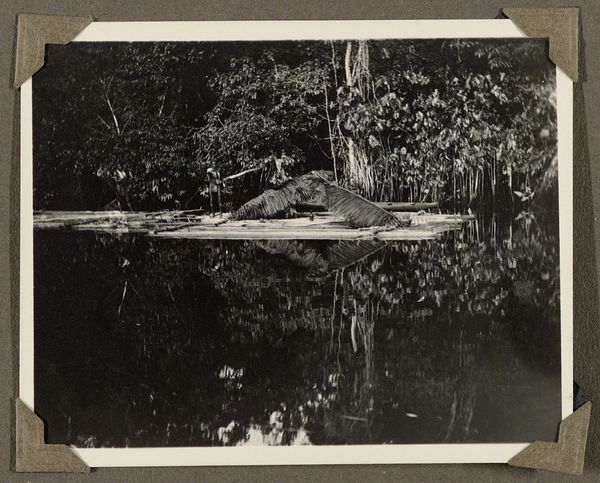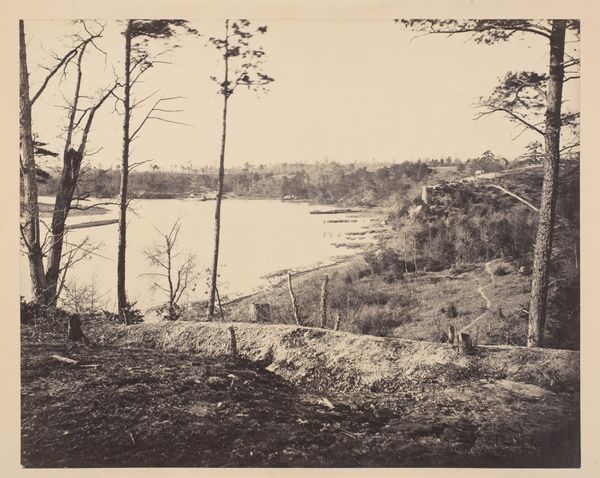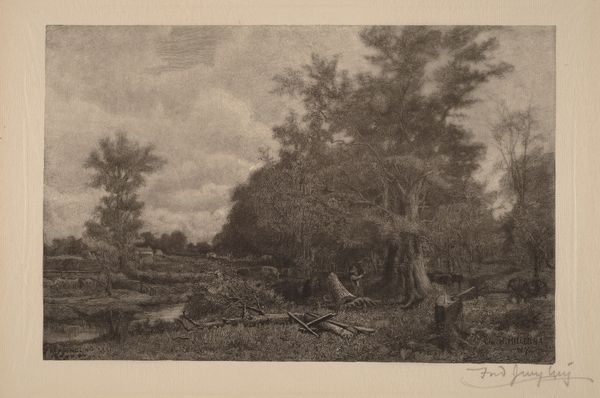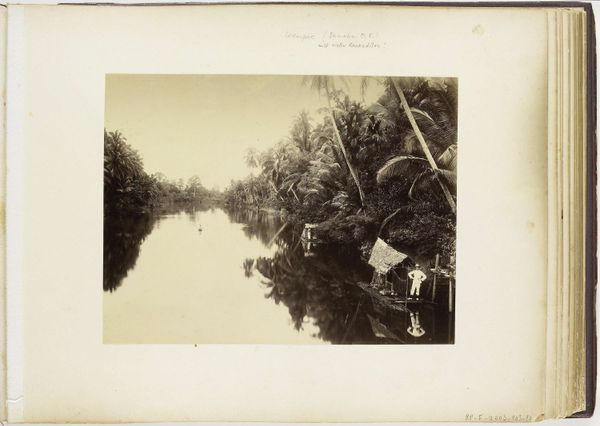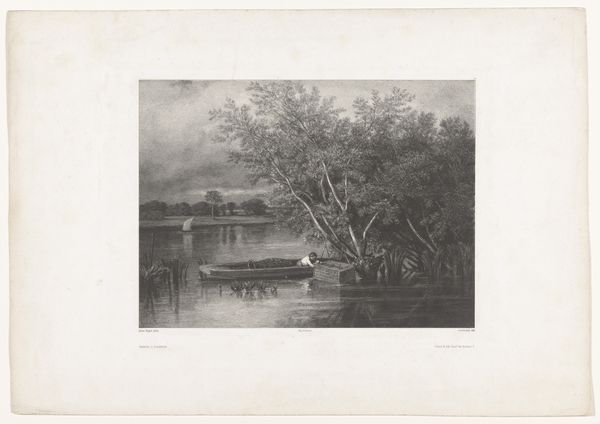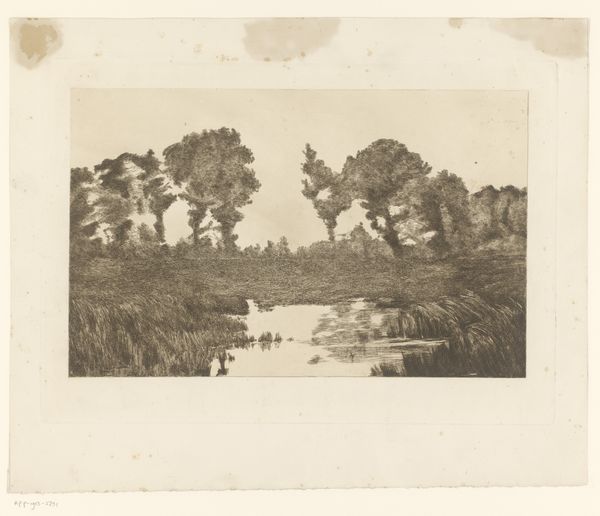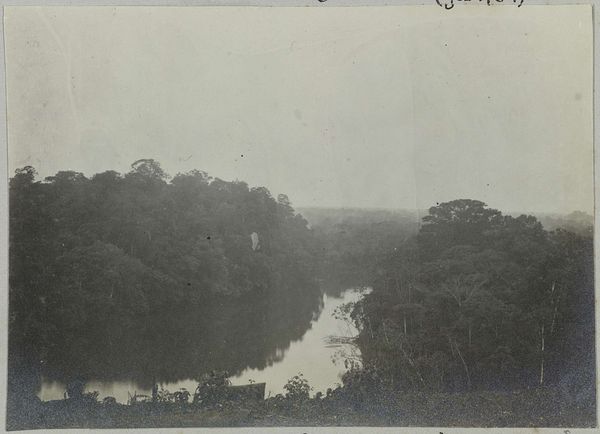
print, photography, gelatin-silver-print
#
16_19th-century
# print
#
landscape
#
photography
#
gelatin-silver-print
#
united-states
#
realism
Dimensions: 25.6 × 36 cm (image/paper); 41 × 50.7 cm (album page)
Copyright: Public Domain
George N. Barnard captured this photograph, Savannah River, near Savannah, GA, using photographic techniques that were relatively new at the time. Photography in the 19th century was a complex alchemical process; light was harnessed through lenses and silver halides, bringing an image into being on a treated plate. The heavy camera, the glass plates, the portable darkroom… all of these placed the photographer in the position of a technician and a craftsman. Barnard’s choice of subject is especially significant. He turned his lens on the American South, a landscape deeply intertwined with the history of slavery and exploitation of both human and natural resources, its somber beauty juxtaposed with a brutal past. It's easy to look at this photograph as a straightforward depiction, but it is also a document that subtly reflects the social and economic realities of its time. By considering the materials and the making, we can understand how photography itself is not just a medium for capturing images, but also a craft embedded in its historical context.
Comments
No comments
Be the first to comment and join the conversation on the ultimate creative platform.
